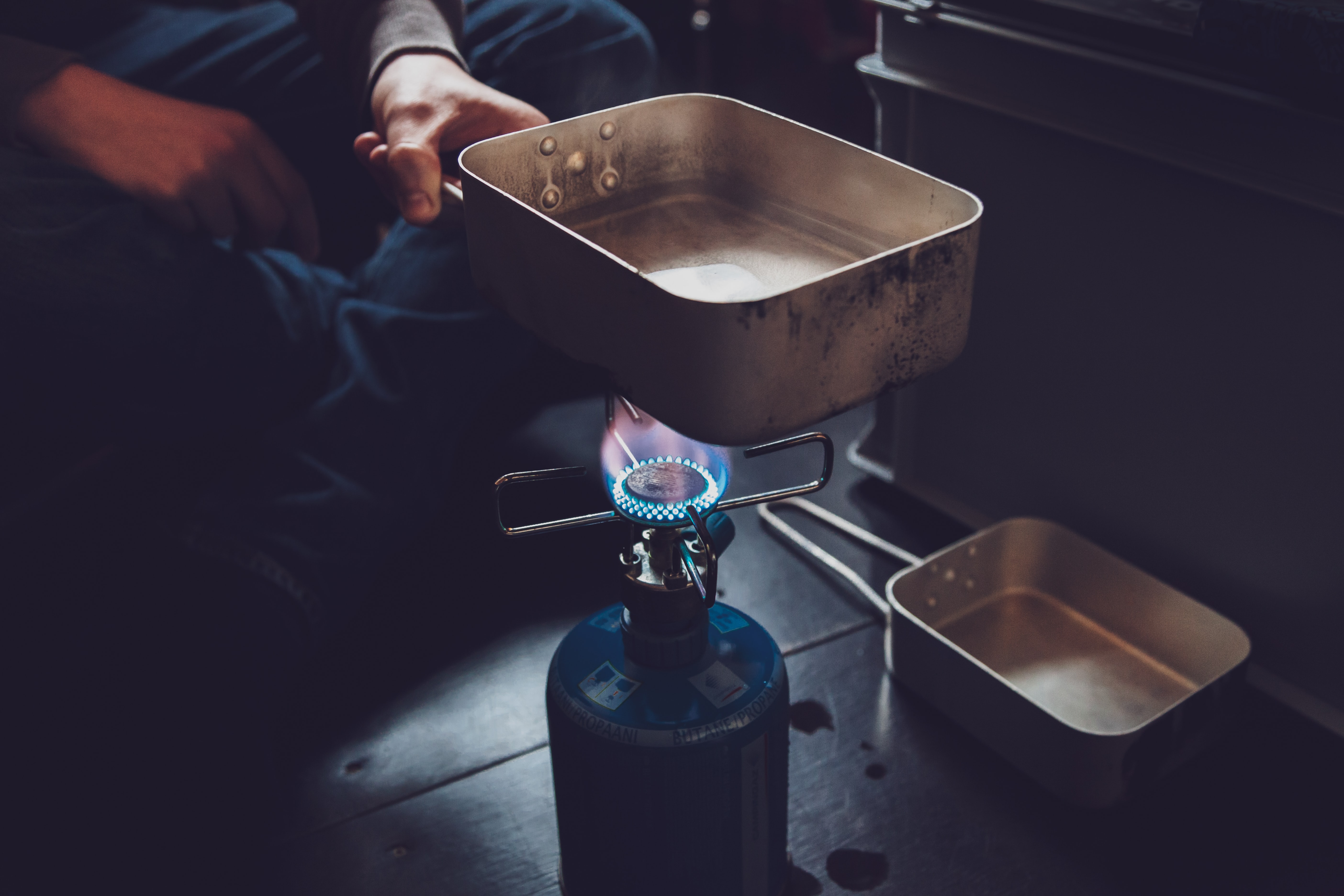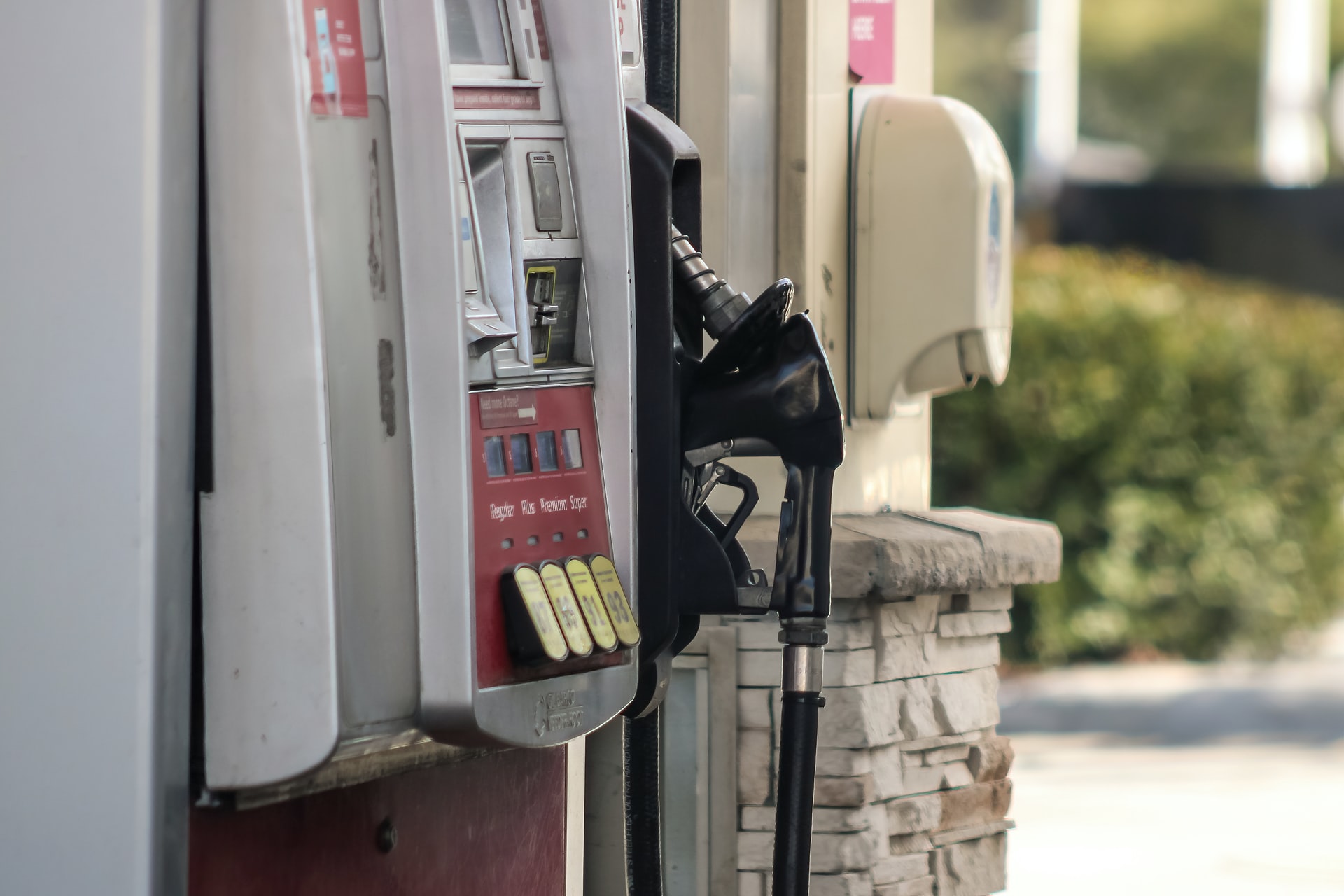Extended Use of Butane Gas in Heating Appliances

Tags - Butane Gas in Heating Appliances
Butane gas is an extremely flammable, colourless and odourless gas, which comes from natural gas processing and oil refining.
And, it is commonly used as a lighter fuel or butane torch as well as available in a canister, used for cookers, BBQs or stoves.
On the other end of the scale, it can also be used as a refrigerant found in household fridges and freezers.
Plus, butane gas can be used as a propellant in aerosol sprays like deodorant, for example.
Even though this is a commonly used gas for a wide range of things, it needs to be handled with proper care.
For instance, if butane gas burns with not enough oxygen present, then it will produce carbon monoxide which is a highly toxic gas and can be fatal if inhaled.
In this blog, we want to look closely at how butane gas should be handled when using heating appliances.
Heating Appliances
Butane gas is commonly used in Europe and other rural areas as an alternative to electric heating.
And in countries such as India, butane is used for cooking and is the preferred fuel source.
In fact, in India alone almost 8.9 million tons of butane is used within 6 months.
So whether you’re using butane to warm up your room or to heat up pots and pans, here’s how to use it for both fixed and portable heating appliances.
Fixed Appliances
Fixed appliances are those that are permanently wired into your electrical system.
For example, cookers or heaters that you wouldn’t be able to simply unplug then move around.
Typically speaking, anything that weighs over 18kg is considered a fixed appliance.
To ensure proper care, make sure your heating appliance is annually checked by a qualified engineer.
Keep in mind though the engineer must be registered to work on your property type and the appliance itself.
As mentioned earlier, butane gas is extremely hazardous if it produces carbon monoxide.
But because you can’t see or smell it, it can be difficult to detect, which is especially dangerous.
So, it’s a good idea to install an audible alarm that will alert you when carbon monoxide is present.
Portable Appliances
Portable heating appliances are typically used when central heating is too expensive to use or if it’s not working.
If you’re looking for a quick blast of heat, small space heaters are great for warming up individual rooms rather than overheating the entire building.
One thing to keep in mind when using a portable heating appliance is to make sure the heater itself is in good condition; if you notice any damage or even if it’s rusty - don’t use it.
If you’re using a butane gas canister to fuel a heating appliance, double check it’s been inserted properly and don’t force the retaining lever into position as it could damage the pressure relief device.
And if you are having problems with the lever, do not attempt to ignite the appliance at all; call a qualified engineer instead to make sure it’s safe.
If you’d like to know more, please get in touch today.
In the meantime check our Butane Gas Refills here.
You may also like:





